Calculate Out-The-Door Price
close
× ‹
All fields are required
Submodel
Select TPMS OptionTPMSTPMS: NOTPMS: YES
WHAT IS TPMS?Enter Zip Code WHY DO WE ASK ABOUT YOUR ZIPCODE?
ZIP code is needed for local pricing.">Why?
Cross Section
Aspect Ratio
Rim Diameter
Enter Zip Code Why?
7980 S Broadway
Littleton, CO
303.515.7308
Most stores are open nights and weekends
Directions
Store Hours:
| Day(s) | Hours |
|---|---|
| MON-FRI: | 7:00am-7:00pm |
| SAT: | 7:00am-6:00pm |
| SUN: | 9:00am-5:00pm |
| EASTER: | Closed |
Store Details Change Store Find a Store
Schedule An AppointmentLearn more about Oil Changes
7980 S Broadway
Littleton, CO
303.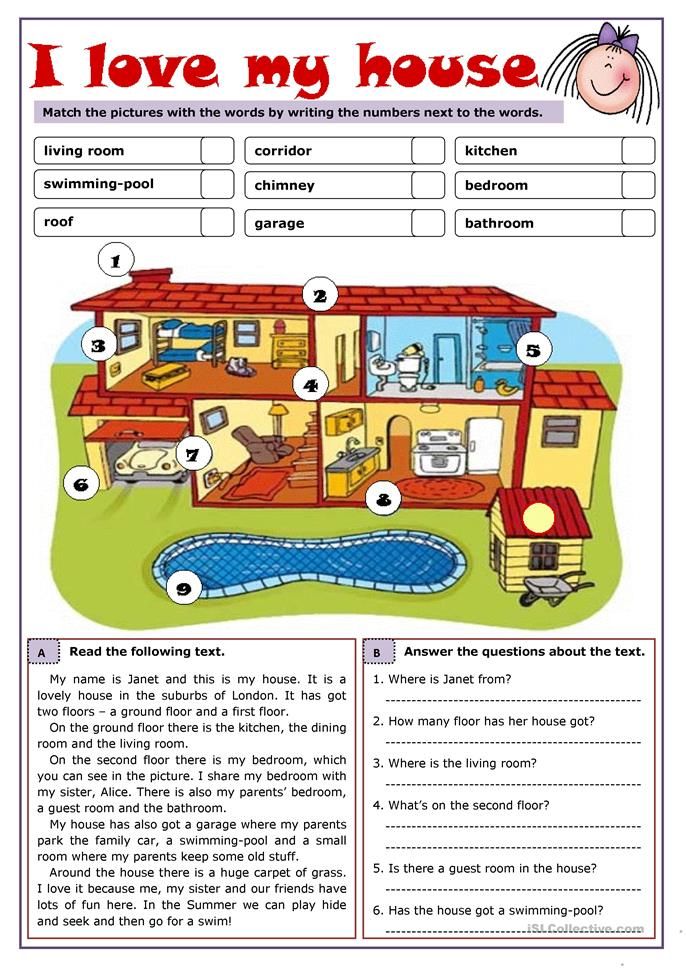 515.7308
515.7308
Most stores are open nights and weekends
Directions
Store Hours:
| Day(s) | Hours |
|---|---|
| MON-FRI: | 7:00am-7:00pm |
| SAT: | 7:00am-6:00pm |
| SUN: | 9:00am-5:00pm |
| EASTER: | Closed |
Store Details Change Store Find a Store
Schedule An AppointmentLearn more about Brake Service
All fields are required
Engine
Enter Zip Code Why?
All fields are required
Submodel
Enter Zip Code Why?
FIRESTONE HAS BEEN THE NATION'S LEADING TIRE PROVIDER FOR MORE THAN A CENTURY.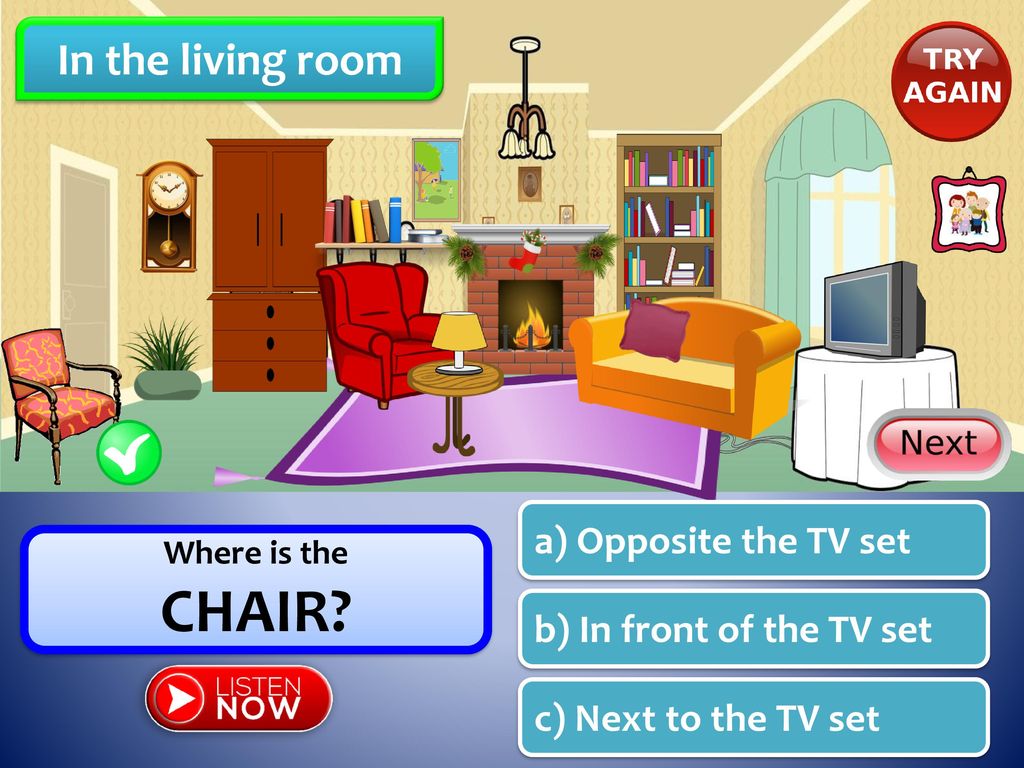
It's a tough road out there, and your tires bear the brunt of potholes, broken glass, nails, screws, and anything else that can puncture a tire. Firestone Complete Auto Care's flat tire repair services are the best in the business. We've been repairing tires since 1926, and we take pride in repairing America's tires. When tire damage strikes, come to Firestone Complete Auto Care–the tire repair shop you can trust.
If you suspect something is wrong with your vehicle's tires, don't hesitate to come into a Firestone Complete Auto Care near you. If your Tire Pressure Monitoring System (TPMS) light is on, you've hit something on the road, your tire is losing air, or maybe something just doesn't feel quite right, bring it in. One of our expert technicians will take a look and tell you if you need to repair or replace your tires.
Driving on a damaged tire can lead to additional (and more costly) rim damage and repairs, so it's best to have your tires examined at the first sign of trouble.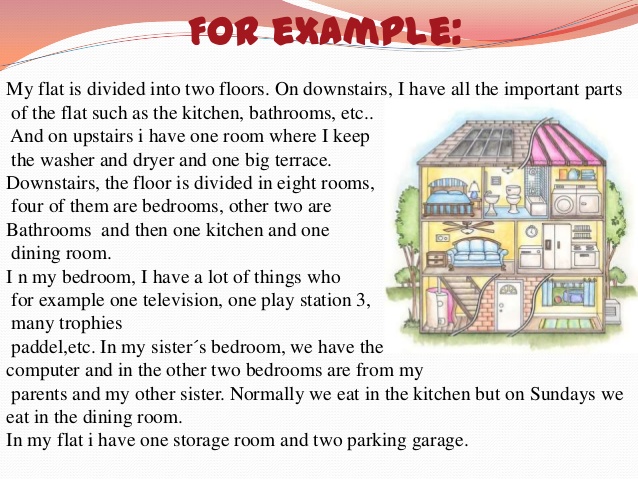 The solution might be as simple as needing one of our patch plugs if the tire puncture is addressed early on. In other cases, a leaking valve stem or valve core may need to be replaced with a new one or the TPMS sensor needs to be reprogrammed or replaced. Visit your nearest Firestone Complete Auto Care, and we'll take care of you and your vehicle tire repairs.
The solution might be as simple as needing one of our patch plugs if the tire puncture is addressed early on. In other cases, a leaking valve stem or valve core may need to be replaced with a new one or the TPMS sensor needs to be reprogrammed or replaced. Visit your nearest Firestone Complete Auto Care, and we'll take care of you and your vehicle tire repairs.
Schedule An appointment
Tire Repair & Patching/Plug
If your tires still have life left in their tread and are not over 10 years old, Firestone Complete Auto Care maybe be able repair or patch & plug them to get you back on the road quickly. Keep in mind not all tire damage can be patched if the puncture is too big.
Tire Replacement
Over time, the tread on your tires wears down, leading to compromised traction on the road and potentially dangerous driving conditions. Tires generally need to be replaced every 25,000 to 50,000 miles, depending on vehicle manufacturer recommendations and driving habits.
Tire Rotations & Balancing
When you have your tires rotated, you help increase the life of your tires by helping reduce uneven wear. Most vehicle manufacturers recommend a tire rotation about every 5,000 miles or at the manufacturer-recommended mileage. Tire balancing helps ensure weight is evenly distributed around your tires. It's necessary about every 5,000 miles or as recommended by your manufacturer. Balancing can lead to a smoother ride, less tire wear, and reduced strain on the drivetrain. When you think tire balancing, think safe, smooth, and efficient driving.
Wheel Alignments
It's best to have your alignment checked every 6,000 miles or twice a year. Even one misaligned wheel can cause the steering wheel to be off center and can lead to premature wear and tear on your vehicle over time. Keeping everything properly aligned ensures a smoother ride for you and a longer life for your tires.
Flat Repair
A flat or leaking tire can leave you stranded on the side of the road or lead to a situation where you lose control while driving. Take care of flat or leaking tires as early as possible to extend tire lifespan and ensure your tire doesn't leave you stranded.
Schedule An Appointment
All fields are required
Engine
Zip Code Entry Why?
Flat tires rarely happen at ideal times. Let Firestone Complete Auto Care help you with these answers to frequently asked flat tire questions.
To ensure a safe drive that doesn’t damage your rims or create more expensive repairs, change your flat tire with your spare tire before coming into your local Firestone Complete Auto Care center for flat tire repair.
It’s tempting to replace just the tire that's damaged, but replacing one tire at a time can present challenges down the road since the one tire will have a different tread depth and thus different accelerating, braking, and cornering abilities than all of the others.
Few things are more inconvenient than a flat tire —except back-to-back flat tires. Learn the reasons why you keep getting flat tires and what you can do to help prevent flat tires from deflating your spirits!
If your vehicle hits a pothole in the road, you may experience steering and suspension system misalignment and/or damage, tire punctures, bent rims, and more. When your vehicle experiences a sudden jolt from a pothole run-in, timely inspection is highly recommended.
Pothole damage may not be obvious right away, but it can wreak havoc on your entire car if it’s not addressed quickly and fixed right the first time.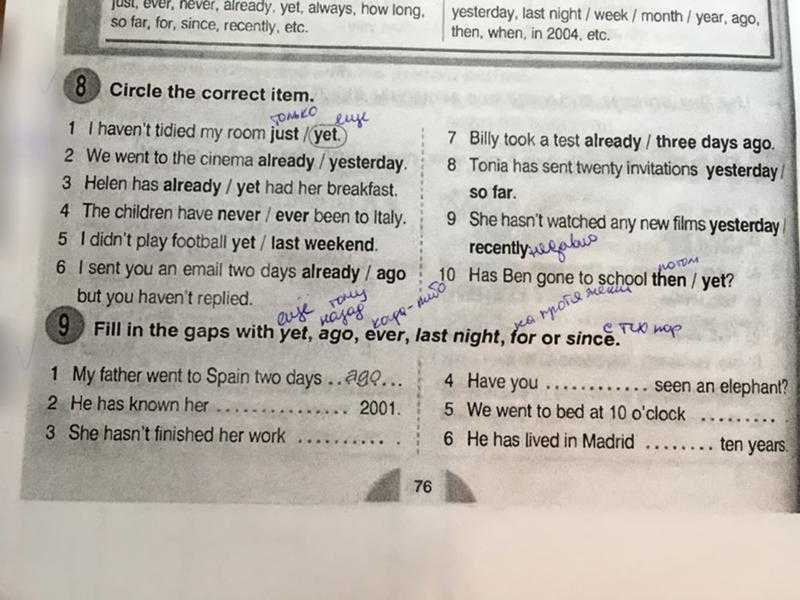 If you've had a recent run-in with a pothole, head to your local Firestone Complete Auto Care for a Complete Vehicle Inspection to check for any issues.
If you've had a recent run-in with a pothole, head to your local Firestone Complete Auto Care for a Complete Vehicle Inspection to check for any issues.
A tire plug is a quick fix for a tire that's leaking air from a nail or similar object that has punctured the tire. A tire plug fills the hole of the tire but is not reliable without a tire patch and not recommended to use alone. A patch is applied to the inside of the tire to further prevent an air leak and helps hold the plug in place. This allows a tire with ample useful life left in it to hold air reliably and keep you on the road for longer.
Run flat tires allow you to drive on a flat tire for a limited time with lesser risk than non-run flat tires. A Run Flat tire could be repaired if a nail or object is caught before tire damage occurs. However, if the tire is permanently damaged, it is required to replace a Run Flat tire with a new one.
The Tire Pressure Monitoring System light will illuminate if tire pressure is too low or part of the TPMS system has malfunctioned. Important TPMS warning light behavior:
Looking for the closest flat tire repair shop? Come to Firestone Complete Auto Care for a tire plug & patch or other tire repair service today!
Read More
Regular tire rotations can help prevent uneven tread wear and help your tires last longer.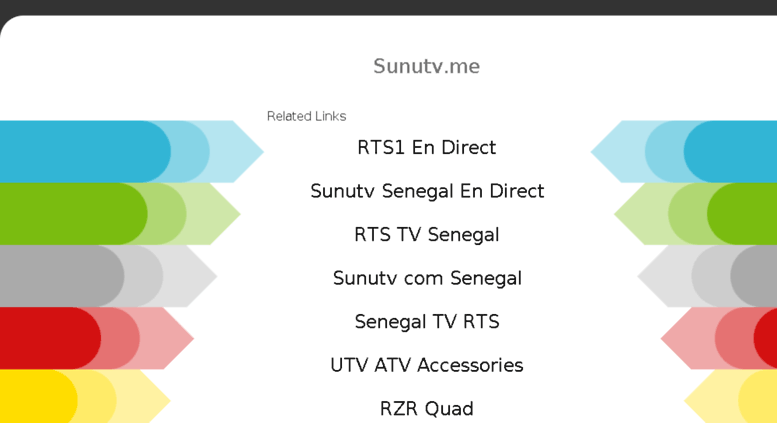 Schedule a tire rotation appointment at a Firestone Complete Auto Care near you today.
Schedule a tire rotation appointment at a Firestone Complete Auto Care near you today.
Read More
Knowing when to replace tires is as easy as measuring tire tread depth. Learn more about this important measurement and visit Firestone Complete Auto Care!
Read More
Tires
Even though winter is a season, all-season tires may not be the best choice for your climate. Read on to learn which type of tires are right for your vehicle!
Read More
Tires
Discover the most common reasons behind the slow leaks in your vehicle's tires.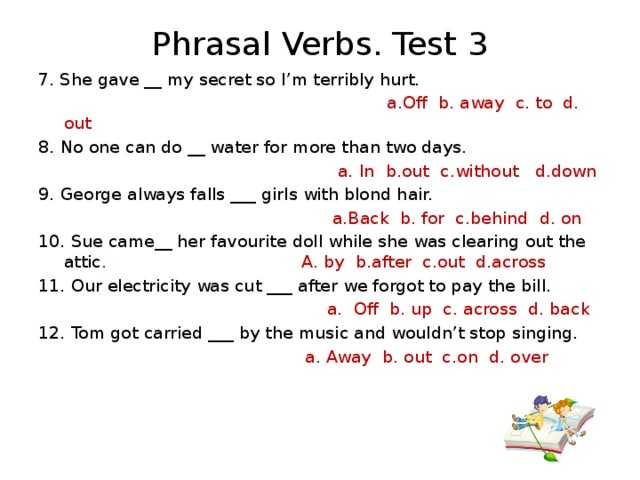 Learn how to diagnose this issue and find a permanent solution for your tires.
Learn how to diagnose this issue and find a permanent solution for your tires.
Read More
Tires
Need a fresh set of winter tires but don’t know what to look for? We have you covered. Read on to learn about tread patterns, tire compounds, ratings, and more!
Read More
LOAD 3 MORE
SHOWING 6 OF 12
View More Articles
{{storeNumber}}
{{storeName}}
{{link-icon "Call Us" mobileCallLink null "call-cta"}} {{link-icon "Directions" directions "_blank" "directions-cta"}}
{{address}}
{{city}}, {{state}} {{zip}}
{{#if activeFlag}} {{#ifCond mystore "or" myPreferredStore}} {{#ifCond storeType 'eq' "TPL"}}
*Call store for appointment {{phone}}
{{else}} {{#if onlineAppointmentActiveFlag }}
{{#if myPreferredStore}}
{{else}}
*Call store for appointment {{phone}}
{{/if}} {{/ifCond}} {{else}} {{#ifCond storeType 'eq' "TPL"}}
*Call store for appointment {{phone}}
{{else}}
Schedule Appointment {{#if onlineAppointmentActiveFlag}} {{else}}
*Call store for appointment {{phone}}
{{/if}}
{{/ifCond}} {{/ifCond}} {{else}}
*Temporarily Closed Due To: {{temporarilyClosedReason}}
{{/if}} {{#if isMilitaryStore}}
*This location is on an active US military base. You may need military ID to access the location.
You may need military ID to access the location.
{{/if}}
{{#ifCond count 'eq' "3"}} Show More Stores {{/ifCond}}
Tesla tires are built to optimize performance, safety, reliability and durability. Since tires degrade over time from the effects of ultraviolet light, extreme temperatures, high loads and environmental conditions, always follow the recommended tire rotation schedule. For more information on ways to optimize the performance of your vehicle, see the recommended practices for vehicle maintenance.
Options When Your Tire is Damaged
Roadside Assistance is available to you, 24 hours a day, 365 days a year, for the duration of your warranty period. If your tire is damaged and your vehicle becomes inoperable, you can request roadside assistance.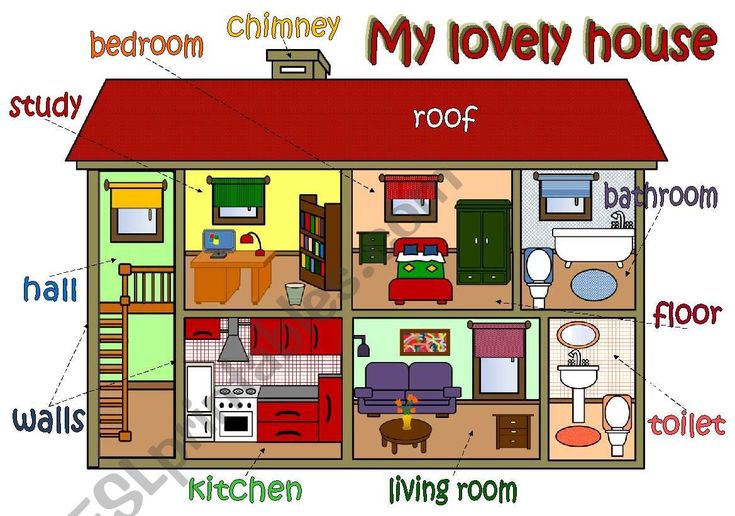 Learn more about our Roadside Assistance Policy.
Learn more about our Roadside Assistance Policy.
Transportation services are free of charge to your home or the nearest third-party repair facility within 80 kilometers of the vehicle’s location. Contact Roadside Assistance to learn more. In some regions, our trained roadside providers carry a limited number of loaner wheels to quickly exchange for a damaged wheel or tire. A new tire will be mounted on your original wheel, at your cost, and made available at your nearest third-party repair facility.
A puncture eventually causes the tire to lose pressure, which is why it is important to check tire pressures frequently. Replace punctured or damaged tires as soon as possible. Your tubeless tires may not leak when penetrated, provided the object remains in the tire.
If you feel a sudden vibration or ride disturbance while driving, or you suspect a tire is damaged, immediately reduce your speed.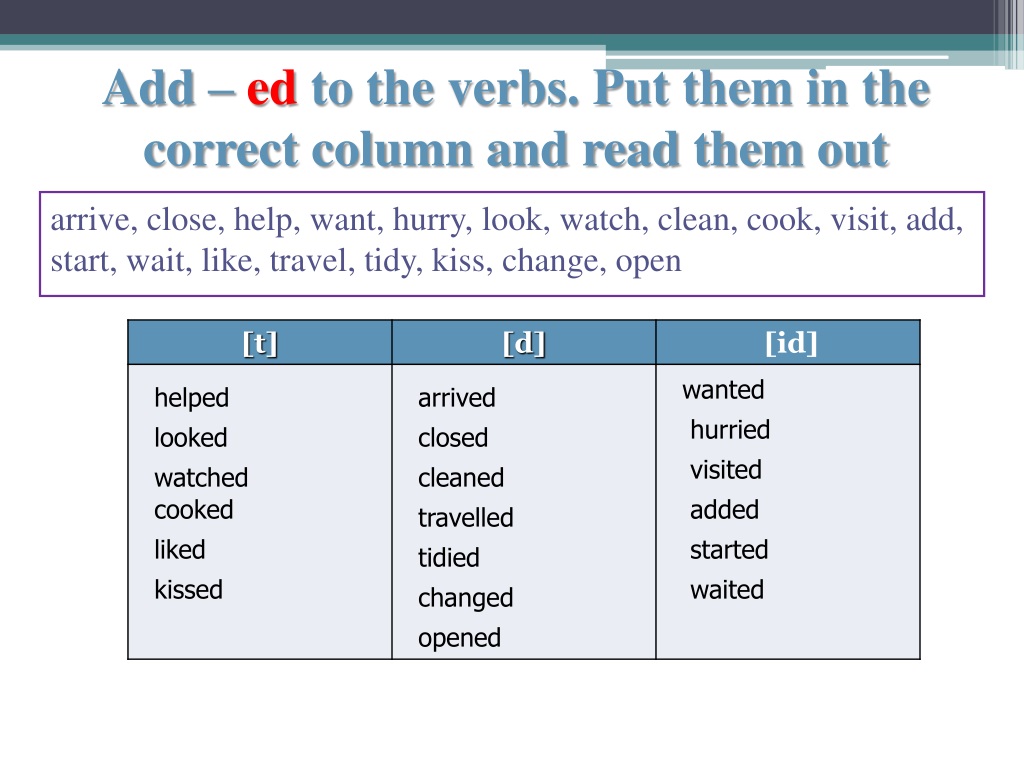 Drive slowly while avoiding heavy braking or sharp steering and, when safe to do so, stop the vehicle. Arrange to have your vehicle transported to the nearest tire shop, or consult your nearest Tesla Service Center for tire availability.
Drive slowly while avoiding heavy braking or sharp steering and, when safe to do so, stop the vehicle. Arrange to have your vehicle transported to the nearest tire shop, or consult your nearest Tesla Service Center for tire availability.
Note: If you notice your tire has been punctured and you are able to maintain control of your vehicle, try to inflate your tire and drive carefully to the closest third-party tire shop or Tesla Service Center. The tire may only lose air slowly, monitor your tire pressure closely while driving. If your tire is not able to hold air, do not keep on driving and contact Roadside Assistance.
Flat Spots on Tires
If your vehicle is stationary for a long period in high temperatures, tires can form flat spots. When the vehicle is driven, these flat spots cause a vibration which gradually disappears as the tires warm up and regain their original shape. To minimize flat spots during storage, inflate tires to the maximum pressure indicated on the tire wall.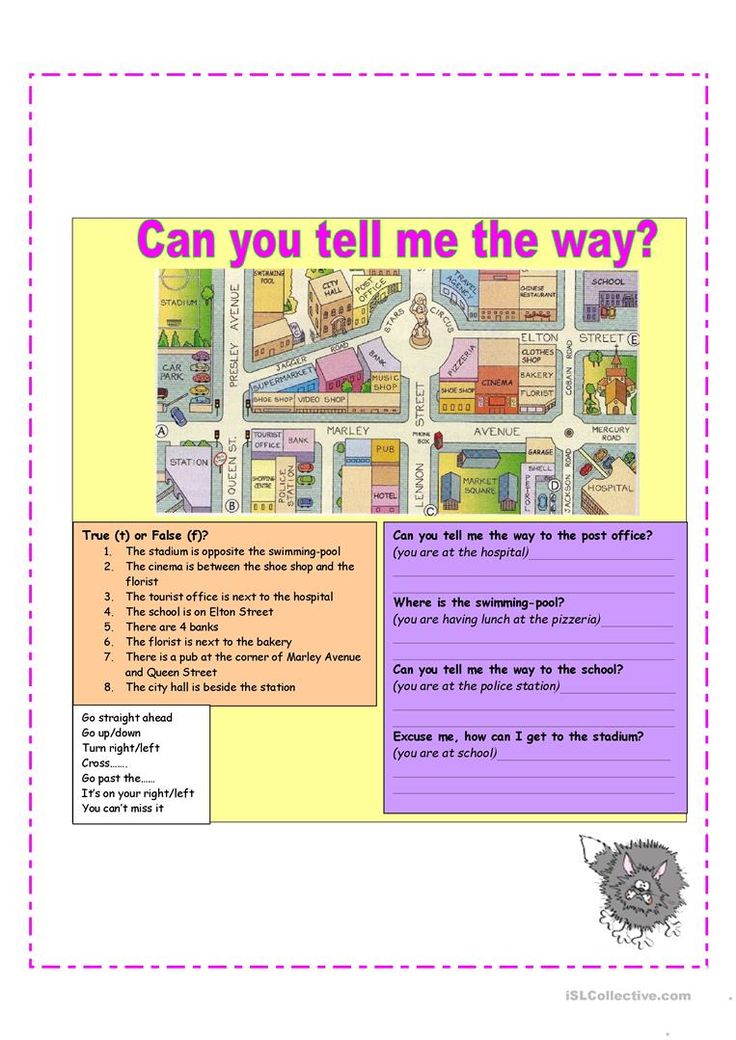 Then, before driving, release air to adjust tire pressure to the recommended levels.
Then, before driving, release air to adjust tire pressure to the recommended levels.
Maintaining Tire Pressures
Keep tires inflated to the pressures shown on the tire and loading information label, even if it differs from the pressure printed on the tire itself. The tire and loading information label is located on the center door pillar and is visible when the driver’s door is open.
Checking and Adjusting Tire Pressures
Follow these steps when tires are cold and if your vehicle has been stationary for over three hours:

Under-inflation is the most common cause of tire failures and can cause a tire to overheat, resulting in severe tire cracking, tread separation, or blowout, which causes unexpected loss of vehicle control and increased risk of injury. Under-inflation also reduces the vehicle's range and tire tread life.
Tire Rotation, Balance and Wheel Alignment
Misaligned wheels and unbalanced tires can negatively impact vehicle handling, performance and steering. To maintain your tire and wheel, always follow the recommended Tesla tire rotation schedule.
Frequently Asked Questions
I have a flat/leaking tire, what should I do?
Check if your tire is completely flat or if it will hold air. If the tire holds air and you feel safe driving to the nearest tire shop, do so. Contact Roadside Assistance to review service options available.
What should my tire pressure be?
Depending on your vehicle configuration, your tire pressure should be between 40-45 psi. You can check for your specific vehicle by opening your driver’s door and checking the sticker along the vehicle's frame. This sticker lists the tire pressures for when the tires are cold. For most accurate results, check the tire pressure when the vehicle is at home with no driving, or is used with the shortest distance and lowest speed driving possible.
Can I take my damaged tires to a third-party tire shop?
Yes. Damaged Tesla tires can be taken to a nearby third-party tire shop for replacement.
Search
In This Article
(continuation. Beginning in No. 2-3/2019 and Sl.)
CHAPTER 7,0006
as one soul 9000 9000
9000 A man drills a hole in the bottom of the boat below him. To the indignation of others in the boat, he replies: “What do you care? After all, I'm drilling a hole under my seat, not under yours. They replied, “It is. But when the water floods the boat and it sinks, we too will drown.”
To the indignation of others in the boat, he replies: “What do you care? After all, I'm drilling a hole under my seat, not under yours. They replied, “It is. But when the water floods the boat and it sinks, we too will drown.” Rabbi Shimon bar Yochai[1]
One day we were returning from a conference in the Catskills and our driver told stories to pass the time. One Friday, his friend was driving to these places, hurrying to meet the Sabbath with his family. The Catskills were a favorite vacation spot for many New York Jews. He saw a car on the side of the highway with a flat tire and next to a man with a yarmulke on his head. Naturally, the driver decided that this man, too, was heading for the Catskills and needed help to get to Saturday on time. He stopped and helped the man change a tire. As soon as he left, the man on the highway took off his yarmulke and put it in his pocket.
Why are you doing this? the Jew asked. "Don't you wear it all the time?"
Oh no, said the second. You see, I'm not a Jew.
You see, I'm not a Jew.
Then why were you wearing a yarmulke?
Simple! he replied. “I know that if someone is in trouble and wearing a yarmulke, a Jew will stop and help.”
I hope neither a yarmulke nor Jewishness is necessary to help someone in need, but the story told by the driver introduces us to one of the fundamental principles of Judaism, formulated according to rabbinic literature by the sage and mystic Rabbi Shimon bar Yochai:
"Holy nation" - this tells us that they [Jews] are like one body with one soul [midrash identifies " goi ", " nation " with the word " geviyah ", " body "] and thus: "And who is like thy people Israel, the only people on earth." When one sins, all are punished, as it is written: “Is it not alone that Achan, the son of Zara, committed a crime, taking from the accursed one, and was there anger against all the congregation of Israel? he was not the only one who died for his iniquity.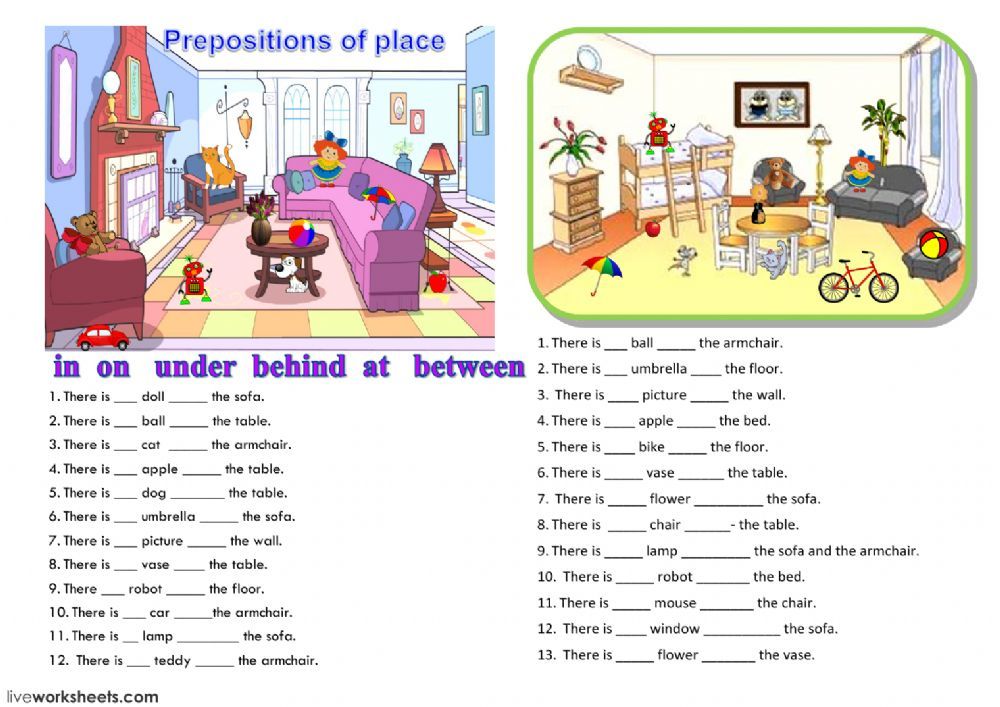 " (Joshua 22:20). When one is hurt, everyone feels pain.[2]
" (Joshua 22:20). When one is hurt, everyone feels pain.[2]
To clarify his point, Rabbi Shimon bar Yochai offered an analogy: "Israel is like a scattered flock of sheep" (following Jer. 5:17). Why are the Israelites compared to sheep? Just as when a flock is hit on the head or one of the sheep, the whole flock feels the blow. This is how all Israelites feel when one of them has sinned.[3] The sages expressed this thought in the words: "All Jews are responsible for each other."[4] Judaism is not limited to a code of individual responsibility . Each of us is responsible for others. The Covenant Creates a Net collective liability. This is a well known idea. Less well known is the tense historical drama that gave rise to it. And now I want to tell the story of a crisis in the identity of the Jews, in their awareness of what it means to be a Jew, as a result of which there was a tremendous rise in the Jewish imagination. Jewish history is living evidence of the fateful power of ideas.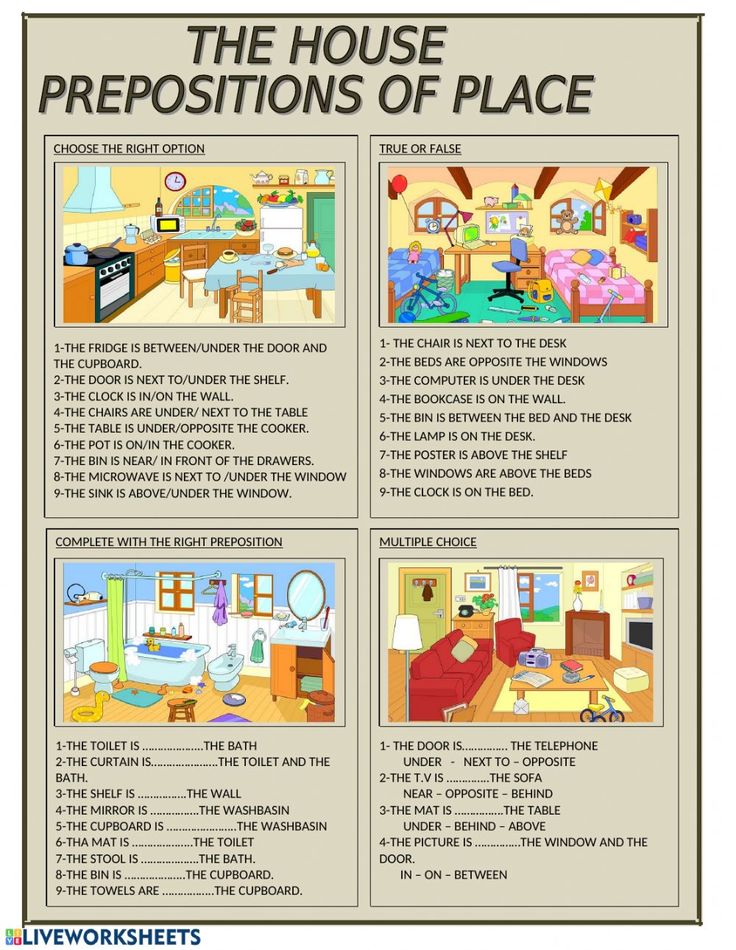 The story of this crisis must begin with a very strange text.
The story of this crisis must begin with a very strange text.
***
Leviticus' instructions culminate in a list of blessings in response to Israel's adherence to the Covenant and curses in response to Israel's apostasy from the Covenant. Blessings are relatively brief. Curses are listed in detail and frighteningly. Many of them are terrifying. To this day, we say them in a low voice, almost a whisper. They sound the dark side of the Covenant, the great responsibility of Israel and the dangers associated with it. As the prophet Amos proclaimed: “You alone have I recognized out of all the tribes of the earth, therefore and I will reckon with you for all your iniquities” (3:2). Curses in Leviticus describe punishments. Here are just a few of them:
I will send timidity into the hearts of those who are left of you in the land of their enemies, and the noise of a wavering leaf will drive them away, and they will run like from a sword and fall when no one is pursuing, and they will stumble on each other , as by a sword, while no one pursues, and you will not have the strength to resist your enemies.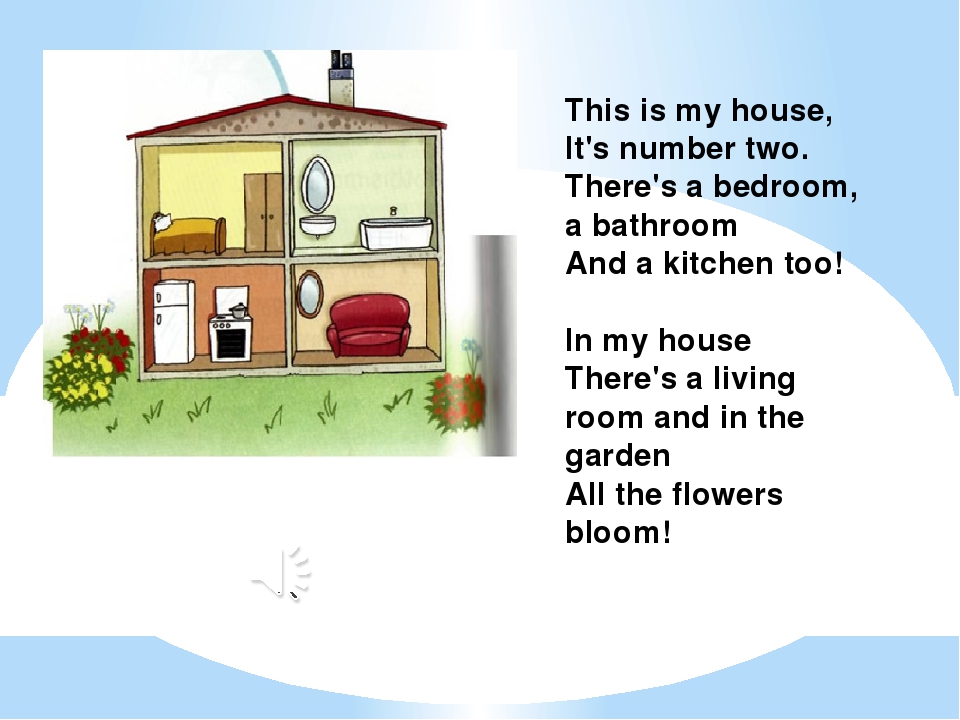 (26:36-7)
(26:36-7)
The highlighted phrase became the basis of the rabbinic doctrine of collective responsibility: "They will stumble over each other" - one because is different. It teaches that all Jews are each other's guarantors.[5] These words are the only basis for the principle of collective responsibility proclaimed by the rabbis. They first appear in Sifra , a halakhic midrash from the Mishnaic period, then are quoted several times in the Babylonian Talmud. I want to dwell on this principle in order to better reveal its counter-intuitive meaning, its undoubted strangeness.
First of all, we note that the original text has nothing to do with the problem of responsibility, collective or individual. The words "stumble over each other" do not describe a nation bound by mutual responsibility. They talk about panic. In an effort to avoid danger, people run into each other. Everyone is interested in their own safety, and not in the general good. Whatever the rabbinic interpretation of these words may have been, it was not their obvious meaning.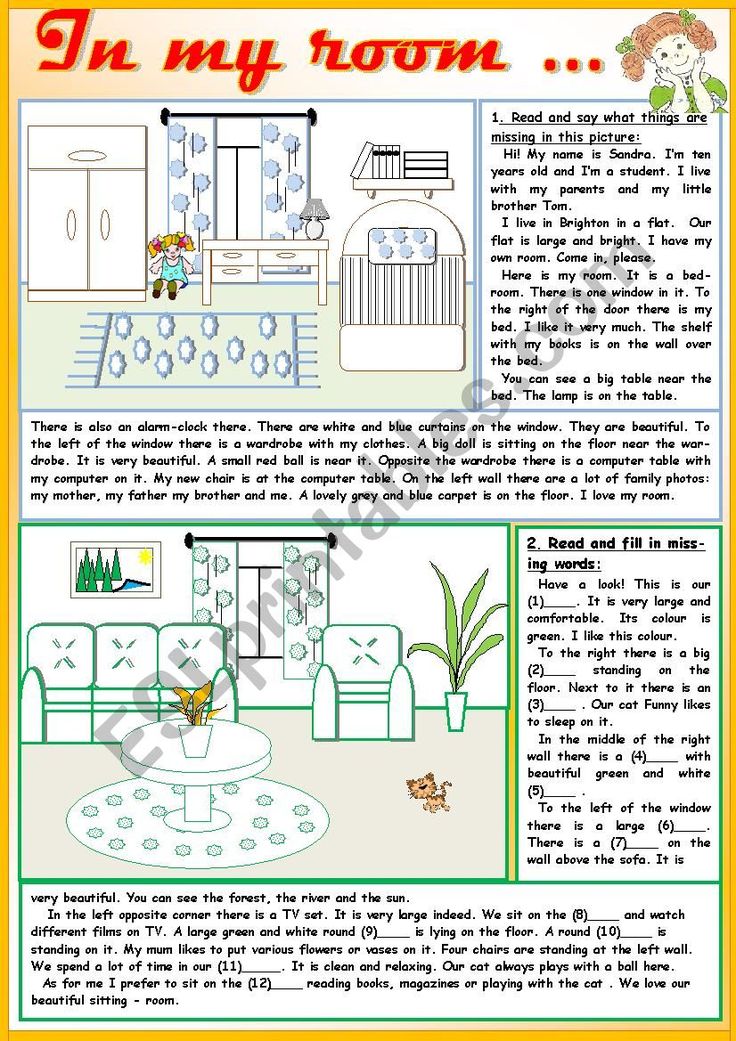
Moreover, these words do not characterize the normal life of Israel in general. The text of which they are a part does not describe Israel's path to God or apostasy from Him. Before us is a picture of defeat and despair. The nation is on the verge of its defeat. People are running. They turn into refugees. Normal life is destroyed. How can a text that talks about expulsion and dislocation serve as the basis for a code of conduct?
The third difficulty is the most fundamental. There is no need to seek a special basis for the idea of the collective destiny of the Jewish people , the responsibility of each Jew for others. This is a common place in the Bible. Her vision of the whole history of Israel is based on it. When Moses speaks of the blessings and curses associated with the Covenant, he is speaking of the nation, moving seamlessly from the singular to the plural, from the "you" of the individual to the "you" of the nation as a whole. Here is a typical example:
If you will listen to My commandments which I command you today, . .. then I will give rain to your land in due time; ... and you will gather your bread and your wine and your oil; and I will give grass in your field for your livestock, and you will eat and be satisfied. Take heed lest your heart be deceived, and you turn aside and serve other gods and worship them; and then… you will soon perish from the good land that the Lord is giving you. (Deut. 11:13-17)
.. then I will give rain to your land in due time; ... and you will gather your bread and your wine and your oil; and I will give grass in your field for your livestock, and you will eat and be satisfied. Take heed lest your heart be deceived, and you turn aside and serve other gods and worship them; and then… you will soon perish from the good land that the Lord is giving you. (Deut. 11:13-17)
The defining premise of the Hebrew Bible as a whole is the idea that when Israel is rewarded, they are rewarded collectively; when Israel is punished, they are punished collectively. Jews experience their fate together as one people. The book of Joshua mentions that as a result of the sin of one man, Achan the son of Zara, who appropriated the wealth of Jericho, the entire nation was defeated in the ensuing battle. Years later, Joshua reminded the Jews: “Not alone Did Achan, the son of Zarah, commit a crime, taking from the accursed, and the wrath was against all the congregation of Israel? (Joshua 22:20).
Judaism is a collective faith. Despite his fundamental concern for the dignity of the individual, his central concern is not with the individual, but with the community. We pray together. On the 9th of Av (the anniversary of the destruction of the Temple), we mourn together. On the Day of Judgment, we repent together. There are moments when the fate of the individual separates from the fate of the community, but they are rare. During the rebellion of Korah, when divine wrath threatened all the people, Moses prayed: “God, God of the spirits of all flesh! one person has sinned, and you are angry with the whole society? (Numbers 16:22). But in general, biblical thought suggests that the people prosper and suffer together, because "all Jews are responsible for one another." It seems that there is no need to give this idea a special proof, because if it is necessary, then there is embarras de richesse (a confusing wealth of choice).
More specifically, the wise men were simply to draw our attention to the Sinai Covenant.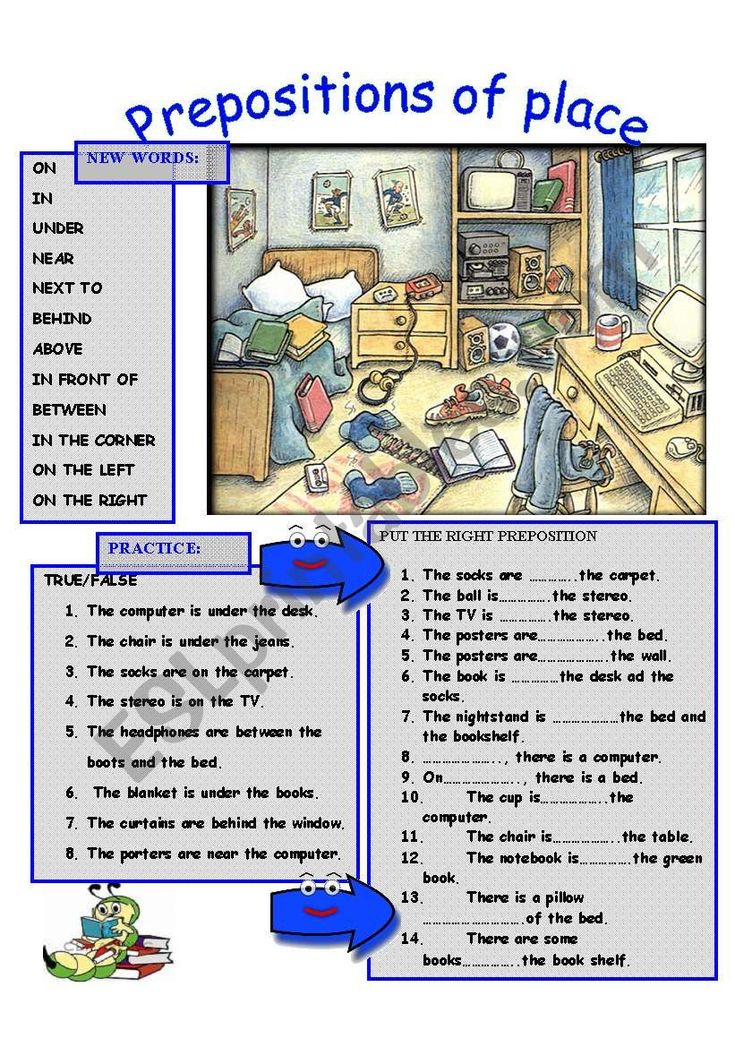 It is thanks to him that Israel became edah, a political entity , as opposed to am , a group of people with only a common ancestry and history. The Jews' consent to accept the Covenant transformed them into a nation under the rule of God. Its written constitution was the Torah. We find this idea already in early rabbinic sources. Here are the words on behalf of Rabbi Yehuda ha-Nasi in Mekhilta , halakhic midrash for Exodus:
It is thanks to him that Israel became edah, a political entity , as opposed to am , a group of people with only a common ancestry and history. The Jews' consent to accept the Covenant transformed them into a nation under the rule of God. Its written constitution was the Torah. We find this idea already in early rabbinic sources. Here are the words on behalf of Rabbi Yehuda ha-Nasi in Mekhilta , halakhic midrash for Exodus:
“I am the Lord your God” (Ex. 20:2) - this speaks of the merit of Israel. When all Israel stood at Mount Sinai to receive the Torah, they agreed, as one man, to accept God's authority with joy. And not only this. The Jews accepted her with a solemn promise for each other. Saint Odin, blessed be His name, thought to make a covenant with Israel, both about the overt deeds of man and about secret ones. However, they said to Him, “We make a covenant with You for open matters, but not for secret ones, so that if any of us sins in secret, we all would not be responsible for him, as it is written: “Hidden belongs to to the Lord our God, and what is revealed belongs to us and to our sons forever, so that we may fulfill all the words of this law.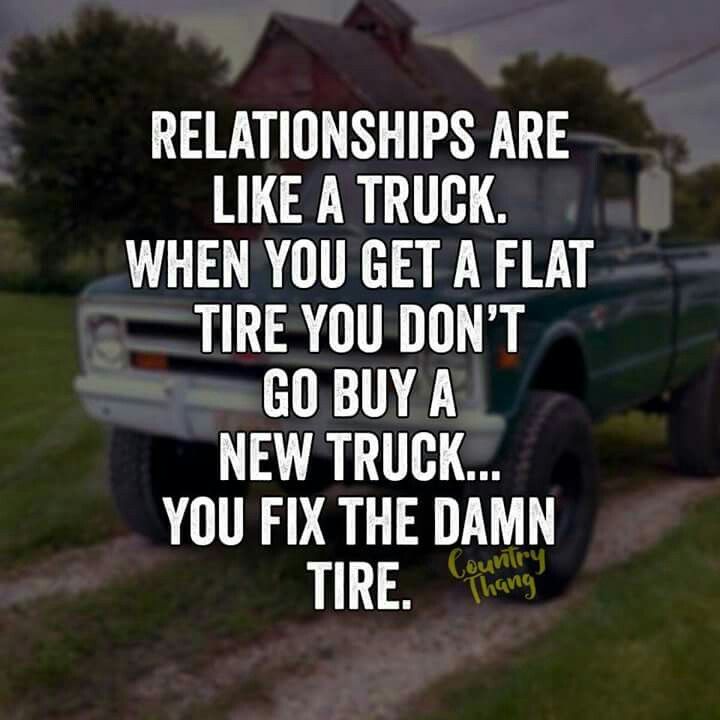 ” (Deut. 29:29).[6]
” (Deut. 29:29).[6]
At Mount Sinai, the Israelis accepted the principle of mutual responsibility, with the proviso that it be limited to acts committed in public or at least in front of witnesses. The logic behind this is obvious. If I know that you are doing illegal things, I can be expected to try to stop you. But if I don't know this, how can I be responsible? Thus, according to Rabbi Yehuda ha-Nasi, collective responsibility refers to publicly committed sins. For secretly committed sins, a person bears individual responsibility.
Rabbinic literature discusses the threefold covenant making. The first at Mount Sinai, the second when Moses renewed the Covenant with the next generation at the end of his life, the third in the days of Joshua after crossing the Jordan River and entering the Promised Land. There are also considerations regarding a different number of covenants. According to Rabbi Simon Ben Jude, "and there is not a single institution of the Torah, according to which 603,550 covenants were not made, according to the number of those who left Egypt.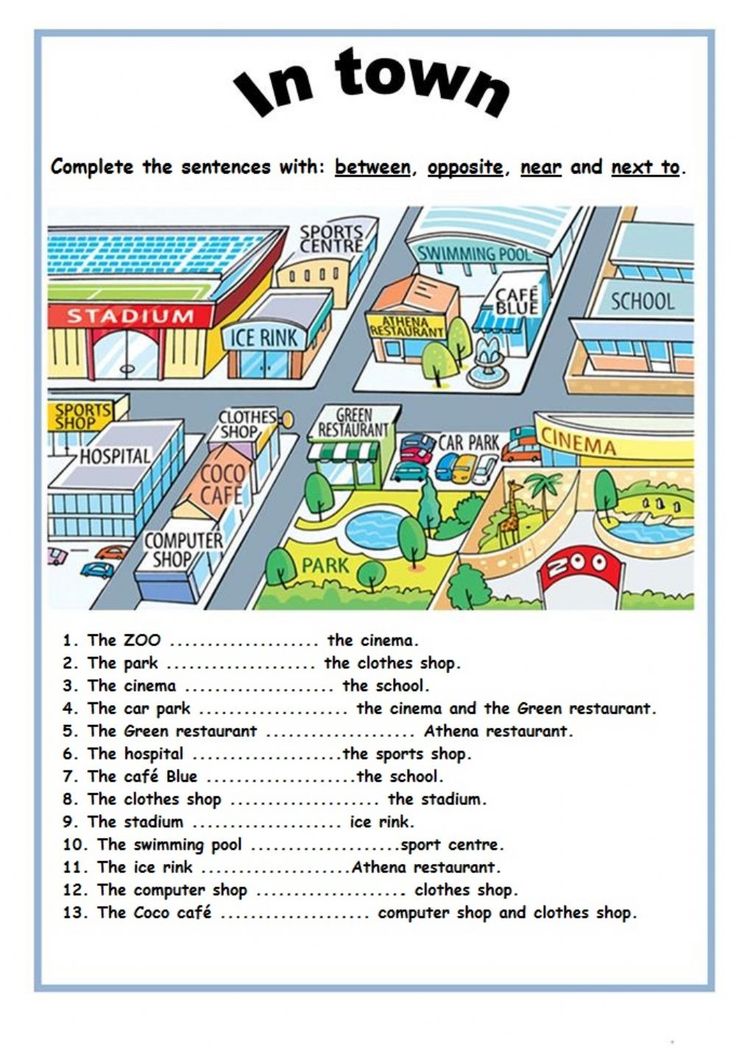 "[7] This is an important note. In the ancient world, covenants (treaties) were agreements between kings on behalf of their nations. The covenant between Israel and God, the rabbis insisted, was not like those agreements. It was concluded with every Jew. Indeed, the acceptance and confirmation of the Covenant took place at the assembly of the whole people. Each Jew individually consented to the conclusion of the Covenant; each assumed responsibility for the fate of the nation as a whole.
"[7] This is an important note. In the ancient world, covenants (treaties) were agreements between kings on behalf of their nations. The covenant between Israel and God, the rabbis insisted, was not like those agreements. It was concluded with every Jew. Indeed, the acceptance and confirmation of the Covenant took place at the assembly of the whole people. Each Jew individually consented to the conclusion of the Covenant; each assumed responsibility for the fate of the nation as a whole.
This is why it is so strange that in the Mishnaic period between the first and third centuries of our era, the rabbis found the basis of the principle of collective responsibility in one of the curses of Leviticus . Of all the possible sources of his justification, this one seems the least appropriate. Why didn't the rabbis refer to countless other texts in the Bible that support this principle? Why did they choose words that speak of Israel in exile in the land of their enemies? Only when we feel the complete inconsistency of this choice of rabbis, we will understand the depth of the crisis of Jewish life after the destruction of the Second Temple in the first century of our era.
***
It is easy to think of collective responsibility as a purely religious idea, and an unusual one at that, because it is not at all obvious why I should share the blame and punishment for a sin that was not committed by me. It is your sin, not mine, your responsibility, not mine. Shouldn't each of us be responsible only for his own life and no one else's? However, the idea of collective responsibility is not strange or difficult to understand. To be a citizen of a state, or a resident of one's own region, inevitably means being involved in a collective destiny of one sort or another. If my neighbors let their homes fall into disrepair, the value of my home goes down. If my fellow citizens allow their moral standards to decline, the resultant lawlessness affects us all. What happens to me is only partly determined by what I do. It is also defined by what others do. Whether we wish it or not, the lives of those around us affect our lives.
We are inevitably involved in a wide network of different forms of responsibility. However, this requires one of two conditions: physical proximity or an overarching political structure. Physical proximity binds us as neighbors. The political structure binds us as fellow citizens. For this reason, throughout the entire period covered by the Hebrew Bible, the collective responsibility of the Jews was self-evident to them. At that time, Israel was am , a group of people living together in a limited physical space. But he was also edah , a political entity ruled at one period by judges, at another by kings. The Israelis were geographically concentrated and politically unified. They were neighbors and fellow citizens.
However, this requires one of two conditions: physical proximity or an overarching political structure. Physical proximity binds us as neighbors. The political structure binds us as fellow citizens. For this reason, throughout the entire period covered by the Hebrew Bible, the collective responsibility of the Jews was self-evident to them. At that time, Israel was am , a group of people living together in a limited physical space. But he was also edah , a political entity ruled at one period by judges, at another by kings. The Israelis were geographically concentrated and politically unified. They were neighbors and fellow citizens.
The destruction of the Second Temple, the loss of political autonomy as a result of the war with Rome, and the dispersion of the Jews throughout different countries meant a huge and potentially fatal crisis for Israel as a nation. Suddenly the possibility became real that Jews would cease to be am, and edah . Israel has lost its political structure. And the Jews were no longer concentrated geographically. It has happened before, many centuries before. After the death of King Solomon, Israel was divided into two kingdoms. The northern kingdom was conquered by Assyria, the population was expelled, eventually assimilated and disappeared, becoming known in history as the “ten lost tribes”. The southern kingdom was later conquered by the Babylonians. But the exile was rather brief, and the Jews retained the hope of returning.
Israel has lost its political structure. And the Jews were no longer concentrated geographically. It has happened before, many centuries before. After the death of King Solomon, Israel was divided into two kingdoms. The northern kingdom was conquered by Assyria, the population was expelled, eventually assimilated and disappeared, becoming known in history as the “ten lost tribes”. The southern kingdom was later conquered by the Babylonians. But the exile was rather brief, and the Jews retained the hope of returning.
The sheer scale of the crisis caused by the destruction of the Second Temple and the defeat of the Bar Kokhba rebellion left no doubt that this time the exile and loss of statehood would be prolonged. The future of the Jewish people, by any realistic standard, was bleak. How can Jews preserve their collective identity, the cement of community and responsibility, if they are no longer neighbors and fellow citizens? Not only the Temple lay in ruins. Along with it, it seemed that the very concept of Israel as a special people with a special meaning of existence and a special destiny lost its meaning. With the loss of normal conditions of existence as am and like edah, in what sense did the Jews remain a nation?
With the loss of normal conditions of existence as am and like edah, in what sense did the Jews remain a nation?
***
To understand clearly what was then in question, we must skip the centuries to two thinkers: one from the seventeenth century, the other from the nineteenth. The first was Benedict (Baruch) Spinoza (1632-77), from a family of Spanish Marranos who moved to Amsterdam. Spinoza bore the scars of a Marrano self-consciousness, not entirely Christian and not entirely Jewish, trusting neither side, and knowing religion only in the mask of persecution.[8] Rather a philosopher and one of the first great theorists of liberalism (John Locke was different), he preached the separation of religion and state, and a doctrine-free religion.
Spinoza was suspected of heretical views even before the publication of his works and in 1656 was excommunicated from the community of Amsterdam. In 1670, he published anonymously "Theological-Political Treatise", which caused a scandal not only in Jewish, but also in Christian circles.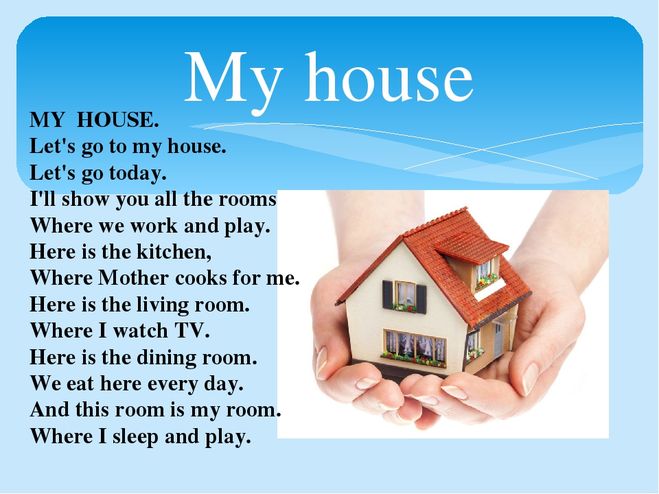 It was taken by many readers as a declaration of atheism. But we are now interested in his views on Judaism. At their core was the idea that Judaism could no longer define Jewish life. He argued that the laws of Moses were legislation like many others. They were meant to govern the life of the people in their own land. The "election of the Jews" - their covenant with God - "concerned nothing else but temporary bodily happiness and freedom, in other words, the kingdom, the manner and means by which they reached it."[9]] From this it followed that "they were valid only during the existence of the kingdom."[10] As soon as Israel ceased to be a self-governing nation, the Jews were no longer bound by the laws of God, but by the laws of the nations among which they lived. For Spinoza, the loss of the Second Temple meant the end of the Testament. The Jews ceased to be not only a chosen people, but a people, a nation in general.
It was taken by many readers as a declaration of atheism. But we are now interested in his views on Judaism. At their core was the idea that Judaism could no longer define Jewish life. He argued that the laws of Moses were legislation like many others. They were meant to govern the life of the people in their own land. The "election of the Jews" - their covenant with God - "concerned nothing else but temporary bodily happiness and freedom, in other words, the kingdom, the manner and means by which they reached it."[9]] From this it followed that "they were valid only during the existence of the kingdom."[10] As soon as Israel ceased to be a self-governing nation, the Jews were no longer bound by the laws of God, but by the laws of the nations among which they lived. For Spinoza, the loss of the Second Temple meant the end of the Testament. The Jews ceased to be not only a chosen people, but a people, a nation in general.
Spinoza rejected Judaism. But his argument was taken up two centuries later by one of the most radical proponents of Reform Judaism in Germany, Samuel Goldheim. In 1848 he wrote to his supporters in Hungary:
In 1848 he wrote to his supporters in Hungary:
Now that the Jews have become an organic part of other peoples and states ... all the laws and institutions of Judaism, which were based on the election of the Jews as a special people, as well as a special Jewish state, and therefore, by their very nature, implied exclusivity and particularism in order to strengthen national feelings, ... lost all religious significance and obligation and gave way to the national laws and institutions of that country and that people to which the Jews belong by birth and civil relations.[11]
This was a repetition of Spinoza's thought with one exception. Goldheim did not urge the Jews to stop being Jews, but only urged them to recognize that virtually the entire body of Jewish law had become invalid.
Although the arguments of these thinkers were heard in a later period of Jewish history, they accurately define the crisis in which the Jews found themselves after the destruction of the Second Temple. The Babylonian Talmud clearly shows that such arguments were already being made at that time. When the Talmud speaks of a historical catastrophe, its text becomes deliberately evasive. In most cases, he does not directly describe the historical events of his time, perhaps to avoid demoralizing readers. Instead, the Talmud projects the crisis into an earlier period, in this case the time of the Babylonian captivity six centuries earlier. It claims that the Jewish exiles were guilty of treason against Judaism. The prophet Ezekiel, who lived at that time, turned to them with the words: “You say: “we will, like pagans, like foreign tribes, serve wood and stone.” (Ezekiel 20:32). The Talmud interprets their argument as follows: "They stood before the prophet and said, 'Our master Ezekiel, if a servant is sold by his master, does the master have the right to demand anything from the servant?'[12] This is Spinoza's argument, understood and expressed with surprising directness. If another nation rules Israel, then God does not rule them.
The Babylonian Talmud clearly shows that such arguments were already being made at that time. When the Talmud speaks of a historical catastrophe, its text becomes deliberately evasive. In most cases, he does not directly describe the historical events of his time, perhaps to avoid demoralizing readers. Instead, the Talmud projects the crisis into an earlier period, in this case the time of the Babylonian captivity six centuries earlier. It claims that the Jewish exiles were guilty of treason against Judaism. The prophet Ezekiel, who lived at that time, turned to them with the words: “You say: “we will, like pagans, like foreign tribes, serve wood and stone.” (Ezekiel 20:32). The Talmud interprets their argument as follows: "They stood before the prophet and said, 'Our master Ezekiel, if a servant is sold by his master, does the master have the right to demand anything from the servant?'[12] This is Spinoza's argument, understood and expressed with surprising directness. If another nation rules Israel, then God does not rule them.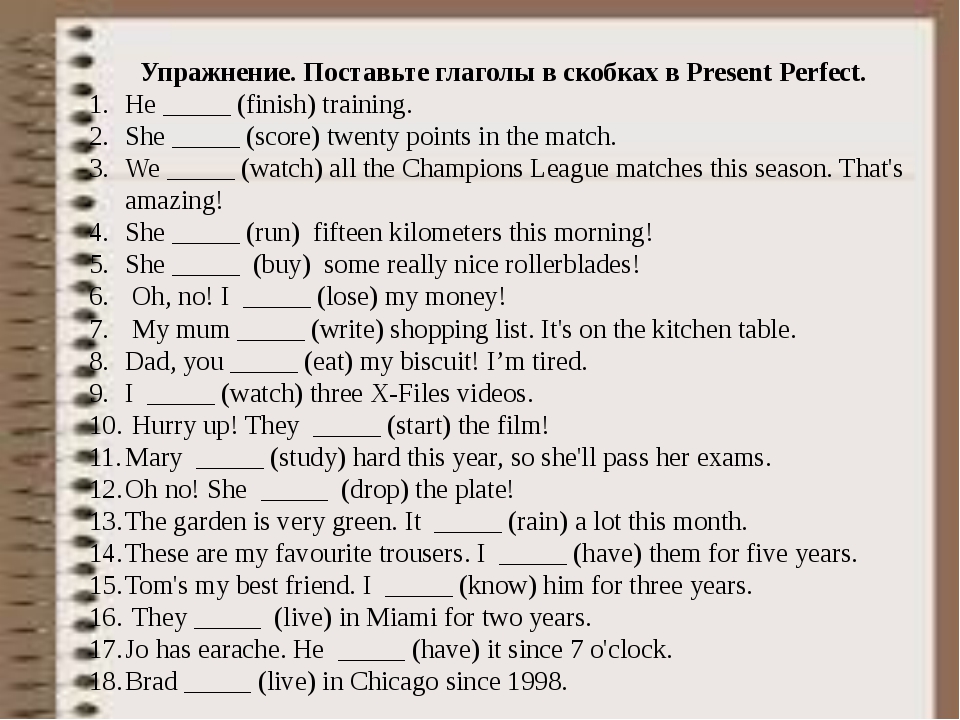 When He brought the Jews out of Egypt, He became their sovereign instead of Pharaoh. But when He did not save them from the power of Babylon, He lost His sovereignty. No one can serve two masters. When Israel lived on God's land, they were His people. When Israel is expelled from their land, they are no longer God's people, and God cannot demand loyalty or obedience from the Jews.
When He brought the Jews out of Egypt, He became their sovereign instead of Pharaoh. But when He did not save them from the power of Babylon, He lost His sovereignty. No one can serve two masters. When Israel lived on God's land, they were His people. When Israel is expelled from their land, they are no longer God's people, and God cannot demand loyalty or obedience from the Jews.
It is impossible to exaggerate the depth of despair into which the victory of Rome plunged the Jews. The Temple was destroyed and about 60 years later the Bar Kokhba rebellion was suppressed, followed by persecution under the emperor Hadrian. The Jews lost their basic institutions, their autonomy and national life. There were no more kings or prophets. There was no Temple, no sacrifices, no center of collective worship. Gradually, Israel ceased to be the home of most Jews. Their intellectual center moved to Babylon. At the same time, significant Jewish communities arose in other places: in Egypt and in various parts of Europe.
The Talmud has left us with an impressive picture of the persecution of the Jews in the second century under Hadrian:
From the day the government came to power, it issues cruel decrees against us, forbids us from observing the Torah and its precepts, does not allow us to enter “the week of the son” [then is to perform the rite of circumcision]. Without the right to do so, we would have to commit ourselves not to marry or have children, so that the seed of Abraham, our father, would come to an end.”[13]
The Jewish people seemed to be approaching the end of their existence. Israel has ceased to be a nation in the usual sense: a people living in a certain territory with its own government. The Jews were in exile, nay, in a dispersion such as they had never known before. It was then that the question arose in all its force:0017 Is the nation still Israel? If yes, on what basis? Of course, the Jews had common memories, dreams and prayers. But after two, three generations, memory weakens, dreams disappear and unanswered prayers fall silent. It was the deepest crisis in Jewish history.
It was the deepest crisis in Jewish history.
***
Only by taking into account the picture of that era, one can fully appreciate the pathos of Sifra . The sages did not question whether the Torah contains the principle: "All Jews are responsible for each other." The Torah suggests it. But it is so because it speaks of Israel as a nation of neighbors and fellow citizens living and acting together. The actions of each of them, self-evidently, affect the lives of all others in Israel. But now the sages were faced with the question: can one continue to maintain that this principle still retains its validity even when the Jewish people are in exile, scattered and deprived of their state when they are no longer bound together by geographical proximity or citizenship of one state?
In fact, only in two places does the Pentateuch speak of such a possibility, namely, in the enumeration of the curses that foresee the defeat of Israel and their scattering over the land of enemies.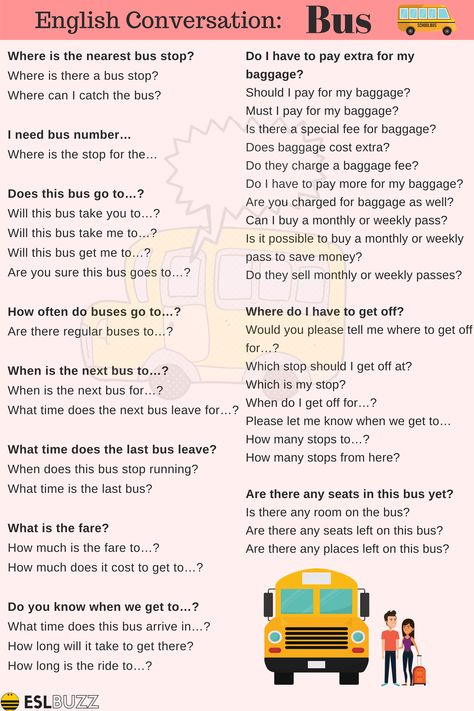 [14] That is why the sages chose the words: "They will stumble on each other" and interpreted them as: "They will stumble on each other because of their sins." It was this text, dating back to the time when the Jews found themselves in exile, that pointed to a deep spiritual truth: the Jews remained a nation even in dispersion. Even at such a time they are bound by an agreement of mutual responsibility. Jewish destiny and future are indivisible.
[14] That is why the sages chose the words: "They will stumble on each other" and interpreted them as: "They will stumble on each other because of their sins." It was this text, dating back to the time when the Jews found themselves in exile, that pointed to a deep spiritual truth: the Jews remained a nation even in dispersion. Even at such a time they are bound by an agreement of mutual responsibility. Jewish destiny and future are indivisible.
Thus, being at the epicenter of the tragedy, the wise men saved hope. The Sinai Covenant remained in force. The Jews are still bound by its terms. Therefore, they remain a nation cemented by mutual responsibility, taken jointly by Israel, first at Mount Sinai, then at the Jordan River at the end of the life of Moses, in the last days of Joshua, during the kingdoms and in the days of Ezra. Connected to God, they remained connected to each other. This is precisely what the famous saying of Saadia Gaon means: “The Jews are a nation only by virtue of the Torah.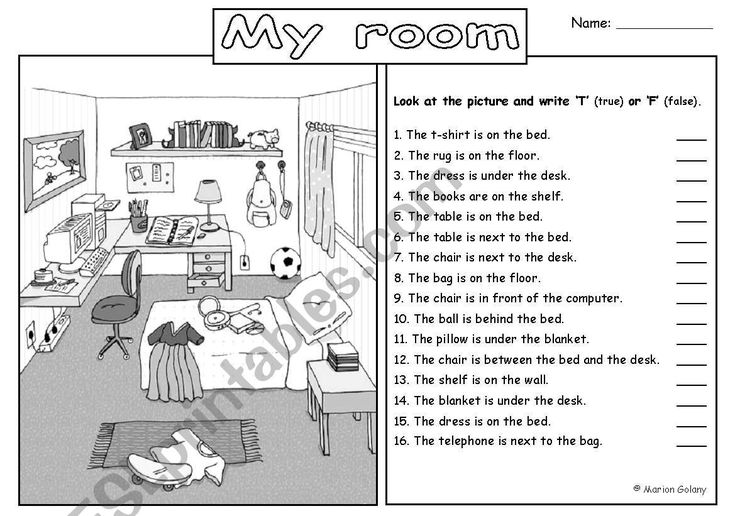 ”[15] No other nation has constituted itself in this way. Deprived of the normal conditions of national life—territory, neighborhood, and statehood—the Jews remained in the nineteenth century.0017 exile by a people, the first global people in the world, a “virtual” community in our modern sense, formed not in space, but in the mind, held together only by invisible threads of collective community, shared destiny and mutual responsibility.
”[15] No other nation has constituted itself in this way. Deprived of the normal conditions of national life—territory, neighborhood, and statehood—the Jews remained in the nineteenth century.0017 exile by a people, the first global people in the world, a “virtual” community in our modern sense, formed not in space, but in the mind, held together only by invisible threads of collective community, shared destiny and mutual responsibility.
***
Now you can understand why the wise men looked for the text where they found it, avoiding curses. But how could they be sure they would find him? Recall that they say about Michelangelo that when he carved the statue of David, he consciously sought not to create it, but to reveal it. He saw David still in a piece of rock. Of course, you have to be Michelangelo to see David in a block of stone. Also in our case. It takes a majestic spirit to see in the disorganized, scattered fragments of the Jewish people the outline of a nation that remained am and edah , although apparently it was neither.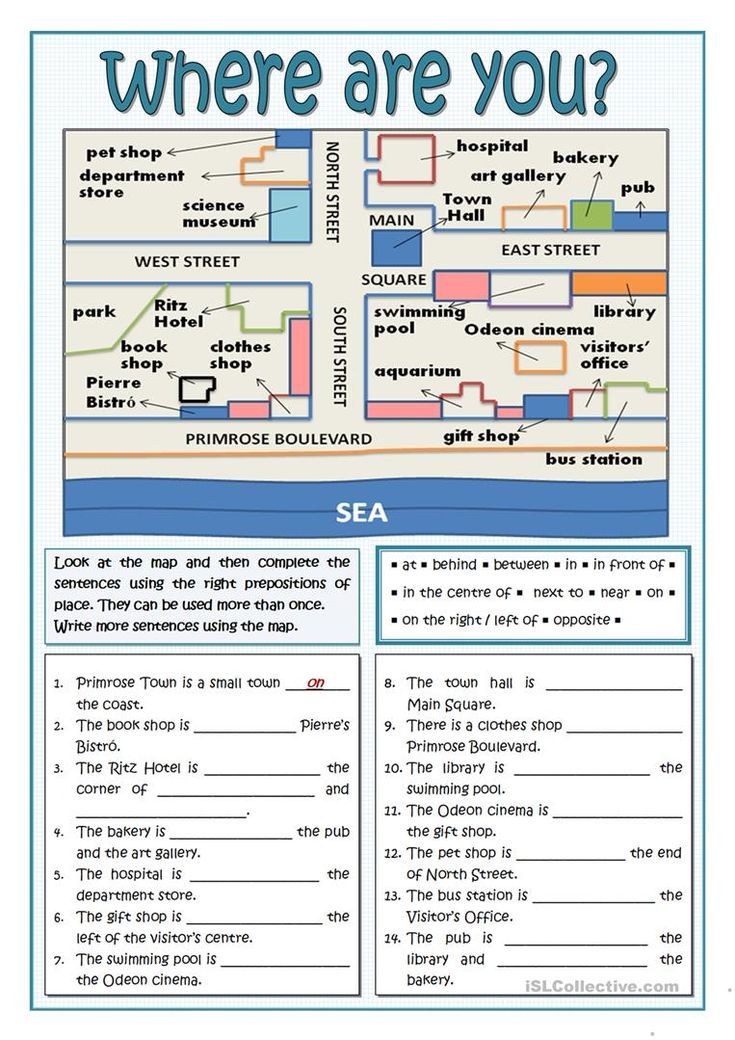 Judaism needed its own Michelangelo, and one of the early and great mystics, Rabbi Shimon bar Yochai, became one.
Judaism needed its own Michelangelo, and one of the early and great mystics, Rabbi Shimon bar Yochai, became one.
In physical, empirical and political terms, Israel has ceased to be a nation. All these characteristics were absent from him. It had neither a common territory nor political autonomy. As they began their journey east to Babylon and west to Europe, the Jews were no longer bound by physical proximity or common citizenship. Just then Mekhilta Rabbi Shimona bar Yochai proposed a new definition of the Jews as a nationhood: “ A kingdom of priests and a holy nation — this tells us that they [the Jews] are like one body with one soul… When one sins, all are punished … When one is hurt, everyone feels pain.” It is no exaggeration to say that this vision of Israel saved the Jewish people.
Rabbi Shimon bar Yochai gave a mystical definition of Jewish nationality. The Jews are not a nation, he says, in any ordinary sense, for if that was once true, it is no longer true. They are a nation because, in a mystical sense, they are united by deep obligations of participation and responsibility.
They are a nation because, in a mystical sense, they are united by deep obligations of participation and responsibility.
They are like one body with one soul. Even if they are not united physically or politically, they are united spiritually. It cannot be described or defined in terms of the usual categories of empirical politics. But Jews feel it at the level of their deepest emotions. When one Jew suffers, all Jews feel his suffering, as if the entire Jewish people were one person. This is how the essence of the Jewish nation (Jewish nationhood) was expressed, when all its external attributes were lost. Without such self-awareness, the Jews in exile might have gone their separate ways as individuals, and there would be no Jewish people today.
More than sixteen centuries later, one of the leaders of Hasidism, Rebbe Shneur - Zalman from Liad, explained this issue in the 32nd chapter of the classic work Taniya: “Therefore, all Jews are called brothers in the full sense of the word, since souls they are rooted in the one God, and only the bodies are separated. ”[16] Every Jewish soul, he says, is literally a part of God. Just as there can be no division within God, so there can be no division within the collective Jewish soul. We are individual only as bodies, not as souls. When we live on the bodily level, subject to physical perceptions and desires, conflict can arise between us. But when we live on a spiritual level, we are one. At this level, the command: “Love your neighbor as yourself” becomes natural and inevitable, since your neighbor is a part of yourself or, more precisely, both of you are parts of something greater “you”, that is, part of the collective soul of the Jewish people.
”[16] Every Jewish soul, he says, is literally a part of God. Just as there can be no division within God, so there can be no division within the collective Jewish soul. We are individual only as bodies, not as souls. When we live on the bodily level, subject to physical perceptions and desires, conflict can arise between us. But when we live on a spiritual level, we are one. At this level, the command: “Love your neighbor as yourself” becomes natural and inevitable, since your neighbor is a part of yourself or, more precisely, both of you are parts of something greater “you”, that is, part of the collective soul of the Jewish people.
The Rebbe's vision is extremely mystical. It ignores what we can see, the body, and focuses on what we cannot see, the soul. But this is precisely what is important for Jewish law. The Talmud states that if you are about to execute a certain command and for some reason are not able to pronounce the blessing related to it, I can pronounce the blessing for you, even if I myself have already performed this command. [17] How so? Rashi explains: all Jews are responsible for each other regarding the execution of commands. If you don't follow the command, some of the blame will fall on me. Therefore, your duties are also my duties, and I can say blessings for you. [18] Ritva ( Rav Yom - Tov from Seville) goes further in his comments. When it comes to the spiritual realm of the commands of the Torah, all of Israel is like one person: there is no “I” and there is no “you”. There is only a collective "we".[19]
[17] How so? Rashi explains: all Jews are responsible for each other regarding the execution of commands. If you don't follow the command, some of the blame will fall on me. Therefore, your duties are also my duties, and I can say blessings for you. [18] Ritva ( Rav Yom - Tov from Seville) goes further in his comments. When it comes to the spiritual realm of the commands of the Torah, all of Israel is like one person: there is no “I” and there is no “you”. There is only a collective "we".[19]
The Torah survived as the law of the Jewish nation, and therefore the Jews continued to see themselves as a nation, even when the visible grounds for this were lost. They managed to maintain themselves as a nation thanks to the mystical vision of themselves as "one body with one soul." And without a state, scattered around the world, they experienced each other's pain and shared responsibility for a collective destiny. More than any other factor, this faith preserved the Jewish nation during one of the deepest crises in its history, and this vision preserves it today.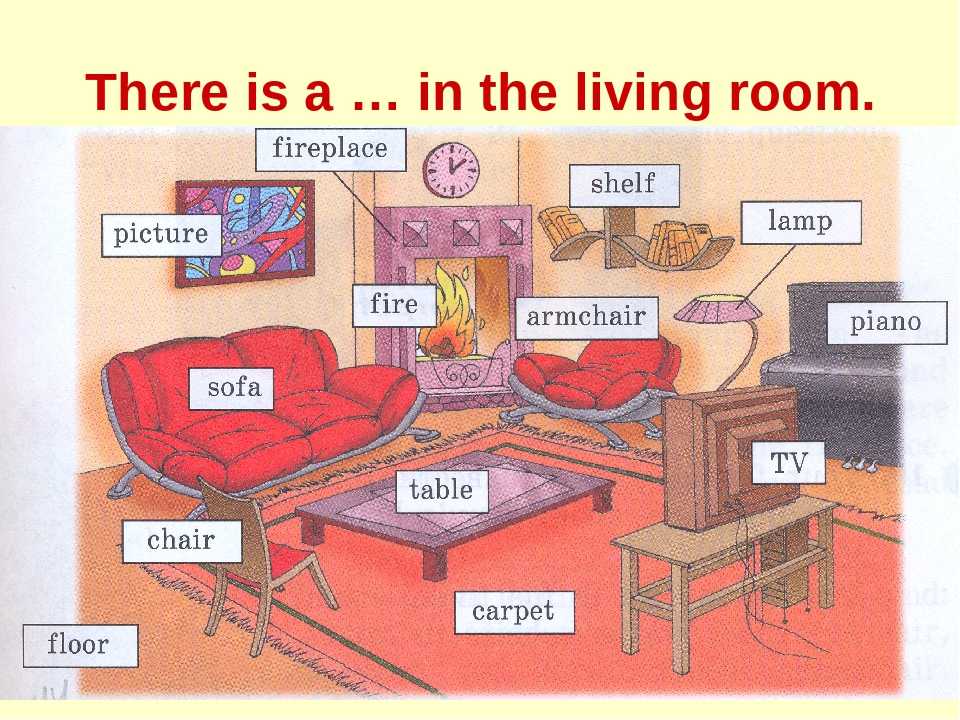
***
At the end of the summer of 1999, I was in Pristina, where I was preparing a television program about the aftermath of the fighting in Kosovo. There was a tank near each church. At the beginning of the conflict, Serbian Christians destroyed mosques. Now they feared reprisals from returning refugees. The mood was tense. Murders happened every night. Vengeance was in the air. The most important task was to establish order and public peace.
I met General Sir Michael Jackson. To my surprise, he thanked me for the help from the Jewish community. She assumed responsibility for 23 elementary schools in the city and thus made, according to the general, a valuable contribution to the restoration of normal life in the city. When 800,000 people became refugees and then returned home, one of the most effective signs of the return of life to normal was the timely opening of schools. Meeting the head of the Jewish community of the city in the evening of the same day, I asked: “How many Jews are in the city?” He answered: "Eleven"!
Later I learned an amazing story. In the early days of the conflict, Israel sent along with other countries a field team of doctors to help Albanian refugees in Kosovo. Immediately, the crew noticed something that the others had overlooked. Agencies have concentrated, not surprisingly, on helping adults. Nobody worked with children. Traumatized by conflict and far from home, they became an anti-social group.
In the early days of the conflict, Israel sent along with other countries a field team of doctors to help Albanian refugees in Kosovo. Immediately, the crew noticed something that the others had overlooked. Agencies have concentrated, not surprisingly, on helping adults. Nobody worked with children. Traumatized by conflict and far from home, they became an anti-social group.
The messengers called Israel and asked them to send young volunteers. Virtually all youth organizations in Israel, from the most secular to the most religious, sent youth brigades at two-week intervals. They worked with children, organized summer camps, sports, theatrical performances, music concerts, and anything else they could think of, turning the temporary exile into a summer vacation. It was an extraordinary effort on all levels. Kosovo Albanians were Muslims, and for many Israelis this was the first friendly contact with children of a different faith. Their efforts have earned high praise from the United Nations International Children's Emergency Fund. As a result, the “Jewish people”—Israel, the Joint[20] and other Jewish agencies—were tasked with overseeing the return of schools in Pristina to normal operation.
As a result, the “Jewish people”—Israel, the Joint[20] and other Jewish agencies—were tasked with overseeing the return of schools in Pristina to normal operation.
This episode taught me a lot: the power of chesed , the healing power of kindness that transcends religious barriers, the ability of young people to rise to moral heights when called to do so. All the refugee relief work in Kosovo was a wonderful example of the combined efforts of many people and agencies from different faiths and nations. She also demonstrated how collective responsibility really improves the morale of society. The number of Jews in the world is very small, one might say painfully small. But invisible threads of mutual responsibility allow even the smallest Jewish community to turn to the entire Jewish people in the world for help and do something that would be exceptional in results and for a nation many times larger. When people join hands, becoming, even if only for a moment, “like one body with one soul,” they become a tremendous force for all time.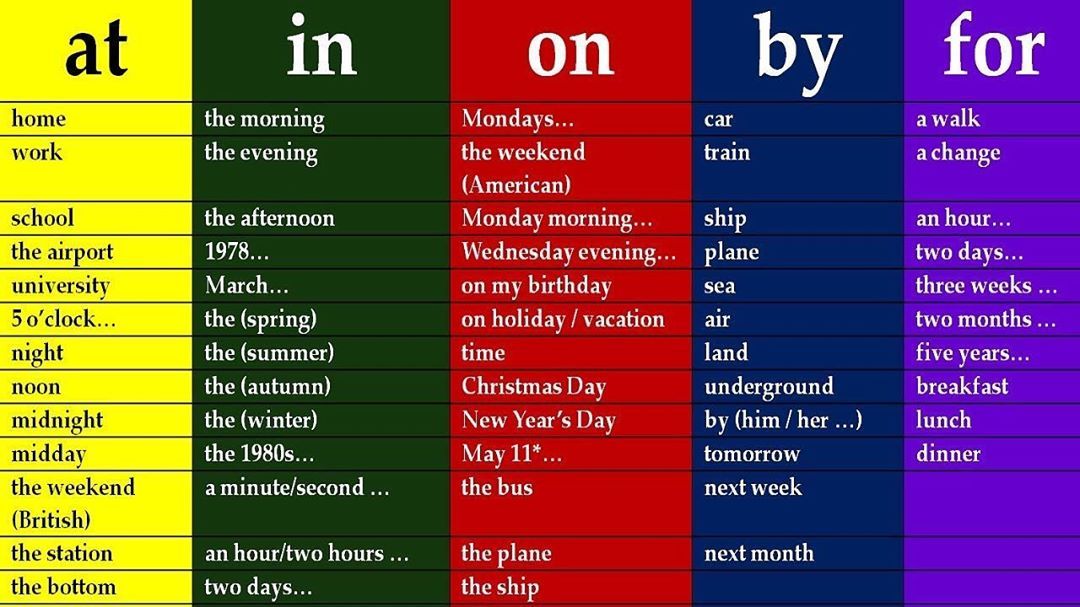
Comments
[1] Leviticus Rabbah 4:6
[2] Mekhilta de-Rabbi Shimon bar Yohai to Ex. 19:6.
[3] Ibid.
[4] Sifra, Behukotai 2:7; Babylonian Talmud, Sanhedrin 27b; Shevuot 39a; Numbers Rabbah 10:5; Song of Songs Rabbah 7:l; Yalkut Shimoni , Yitro 290, 294; Behukotai 675.
[5] Sifra, Behukotai 2:7.
[6] Mekhilta de-Rabbi Ishmael , Yitro 5.
[7] Babylonian Talmud, Sotah 37a-b. Emmanuel Levinas analyzes this passage in Sean Hand (ed.), The Levinas Reader (Oxford: Blackwell, 1989), pp. 211-26.
[8] See Yirmiyahu Yovel , Spinoza and Other Hereties, vol. 1: The Marrano of Reason (Princeton, NJ: Princeton University Press, 1989).
[9] Benedict de Spinoza, A Theologico-Political Treatise , trans. R. H. M. Elwes (Mineola, NY: Dover, 2004), p. 48.
48.
[10] Ibid., p. 69.
[11] Quoted in Gil Graff, Separation of Church and State: Dina de-Malkhuta Dina in Jewish law, 1750-1848 (University: University of Alabama Press, 1985), 122-3.
[12] Babylonian Talmud, Sanhedrin 105a. See also Nahmanides, Commentary to Lev. 18:25
[13] Babylonian Talmud, Baba Batra 60b.
[14] Lev. 26:14-46; Deut. 28:15-68.
[15] Saadia Gaon, Emunot ve-Deot III:7 . English translation: Saadia Gaon, The Book of Beliefs and Opinions , trans. Samuel Rosenblatt (New Haven: Yale University Press, 1948), p. 158.
[16] Shneur Zalman of Ladi, Tanya I:32. Russian version, trans. Nissan Mindel (New York: Kehot, 1989), p. 145.
[17] Babylonian Talmud, Rosh Hashanah 29a.
[18] Rashi , Commentary to Rosh Hashanah 29a.
[19] Ritva, Commentary to Rosh Hashanah 29a.
[20] American Jewish Joint Distribution Committee (JDC) -
international charitable organization - recently (2004) sent a team of doctors to help victims of a terrorist attack on a school in Beslan, Ossetia. In recent years, this organization has been involved in providing humanitarian assistance to, among other countries, Bosnia, Macedonia, Rwanda, Sudan, Turkey, Kazakhstan, Uzbekistan and Ukraine, as well as efforts to unite Israelis and Palestinians in various public and medical projects.
In recent years, this organization has been involved in providing humanitarian assistance to, among other countries, Bosnia, Macedonia, Rwanda, Sudan, Turkey, Kazakhstan, Uzbekistan and Ukraine, as well as efforts to unite Israelis and Palestinians in various public and medical projects.
(to be continued)
Original: http://z.berkovich-zametki.com/y2020/nomer2_3/sacks/
By voting for this work, you influence its overall rating, as well as the rating of the author and the journal that published this text.
Everyone loves to ride a bike. Well, almost everything. And the head of the metropolitan traffic police, Dmitry Korzyuk, rides it, and the founder of the Internet portal TUT.BY, Yuri Zisser. But will cyclists be able to fix a two-wheeled vehicle if a wheel suddenly breaks on the road? Blogger Alexander Deshchenko decided to fill this gap.
A bicycle is a rather complex technique.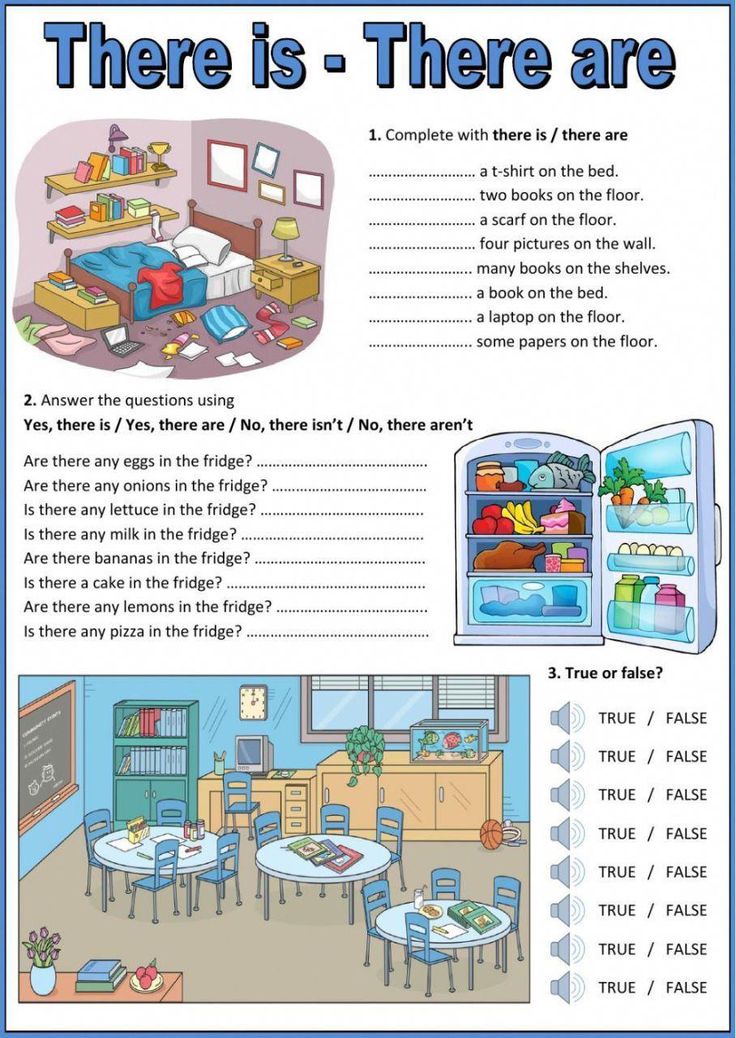 And any technique tends to fail over time. I will try to enlighten those interested in common breakdowns, as well as throw in some repair ideas.
And any technique tends to fail over time. I will try to enlighten those interested in common breakdowns, as well as throw in some repair ideas.
There are plenty of parts on the bike. Of course, it does not reach the tractor, but still it will take a couple of days for someone who decides to take care of studying the names and purposes of at least most of them. Therefore, we will not deal with this, we will limit ourselves to the minimum that is necessary for successful and safe movement.
If your bike rides, the pedals spin without extraneous sounds, and the gears (if equipped) change easily and naturally, you can be envied. Seriously - as with people, there are no completely serviceable bicycles, there are underexamined ones.
The most common "disease" among new bikers is flat tires. Rubber is not completely sealed, and over time, tire pressure decreases. In addition, the cleanest city in the world does not let you relax, from time to time providing an excuse to practice bicycle repair.
If such a trouble overtook you, don't panic - of all bike sores, blown-out wheels are the easiest to "treat". If at home you found a flat tire during the second whole, try pumping up, maybe you just didn’t pump up the previous time.
By the way, pumps are cheap, portable and good, you can choose any two characteristics. Personally, I always have an inexpensive portable (more precisely, portable, because it hangs on a frame) pump at hand, and at home there is a good stationary one. In principle, pumping wheels is also better in the mind. At the end of any, even the cheapest and Chinese tires, the working pressures for which this tire is designed are indicated. If you don’t pump enough, you run the risk of breaking through on any bend in the terrain. If you pump it over - you can simply burst, like Piglet's balloon in the famous cartoon. Although, of course, there is a pattern "pumped up less - it's softer to ride, pumped up more - it rolls better."
But back to the flat tire. If you pumped it up, and it went down again, then it’s bad business with him, not with you. But here, too, you should not be especially upset. It is quite possible that when the wheel is inflated with the naked ear, a whistle of air is heard, or even some foreign object sticks out, indicating the place of the puncture.
If you pumped it up, and it went down again, then it’s bad business with him, not with you. But here, too, you should not be especially upset. It is quite possible that when the wheel is inflated with the naked ear, a whistle of air is heard, or even some foreign object sticks out, indicating the place of the puncture.
If the rupture is visible, you can pull out a piece of the chamber with a hole, seal it, put it back and do not even remove the wheel from the fork. In bike shops you can find a wonderful mobile kit for patching wheels, a small box is sold for little money, the lid of which is two plastic spatulas for disassembling the tire, and inside there is a number of patches, a tube of glue and a piece of sandpaper.
If you are interested in cycling, I highly recommend it, the thing is simply irreplaceable. Of course, the set is more likely to be marching and will not help in difficult situations, however, most of the common punctures heal.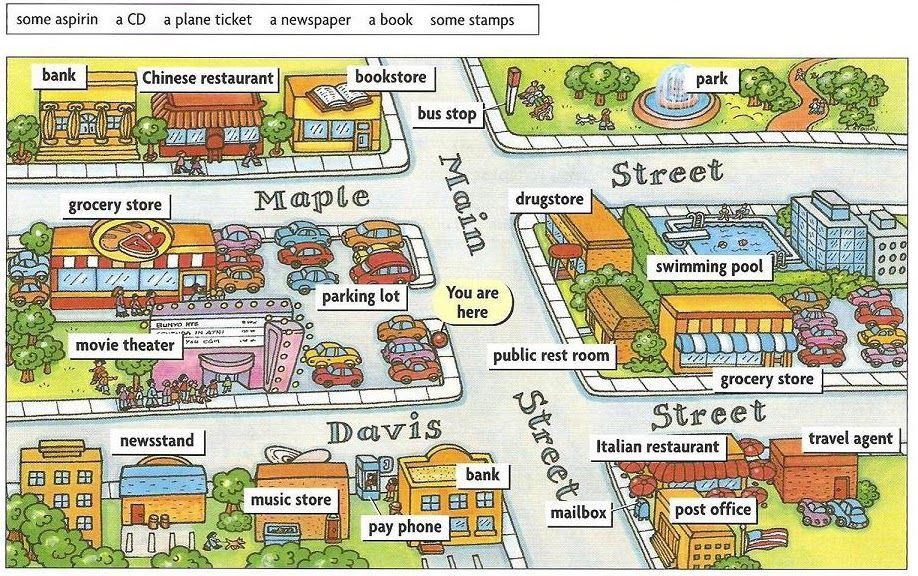
By the way, the patches from the kit are quite large in size, they can be additionally cut into several smaller ones. It is very simple to seal the hole found on the camera - you clean the surface around it a little, smear it with glue and press the patch tightly. Usually they are made of "raw" rubber, so the main thing is to fix it correctly on the camera, carefully fill it back into the wheel and pump it up, and then under pressure it will flatten to almost zero thickness and implant like a native. And finally, you can inspect the tire itself for cuts.
Based on materials from the Avto.tut.by portal
It's time to turn on spring and update your technical wardrobe. Surely your young lady has been dreaming of a beautiful bike for a long time or has already grown out of the previous one. It's time to make a choice and have time to buy a 24-inch bike with a favorable discount. Female teen models, of course, not much ...
It's time to make a choice and have time to buy a 24-inch bike with a favorable discount. Female teen models, of course, not much ...
We are often asked - "...what is a butyl inner tube for a wheel?". Let's read this short article together to get the answer to this question. Let's start with the definition of what is butyl? Butyl is a highly elastic and airtight synthetic rubber, to which…
Artem Gorev, a cycling specialist, dispels all myths. Most people who want to buy a bike are not particularly knowledgeable about the subject and have a natural desire to consult with someone before buying, and they: - turn to their friends for help, ...
Bicycle specialist Artem Gorev advises: Every time I sell a bike to a person who is at the very foot of the cycling Olympus, I give a short briefing, i.e. I list the most important, in my opinion, points that a novice cyclist should remember in . ..
..
Valuable advice is given by bicycle safety specialist Artem Gorev. Oddly enough, but with age you begin to appreciate life more (at least, I noticed such a feature in myself), it would be nice to think about the reasons for this paradox, but I will restrain myself, the purpose of this article is somewhat different.…
Artem Gorev, expert on safe cycling, tells. You bought a bike and hit the road for the first time. Of course, you are aware that this is not a safe business, but excellent knowledge (and observance) of the rules of the road relaxes you, an ugly inner voice whispers ...
Bicycle specialist Artem Gorev conducts research and gives advice. The other day I read an interesting article written by American professional rider Neil Bezdek called Finding the Right Cycling Coach.